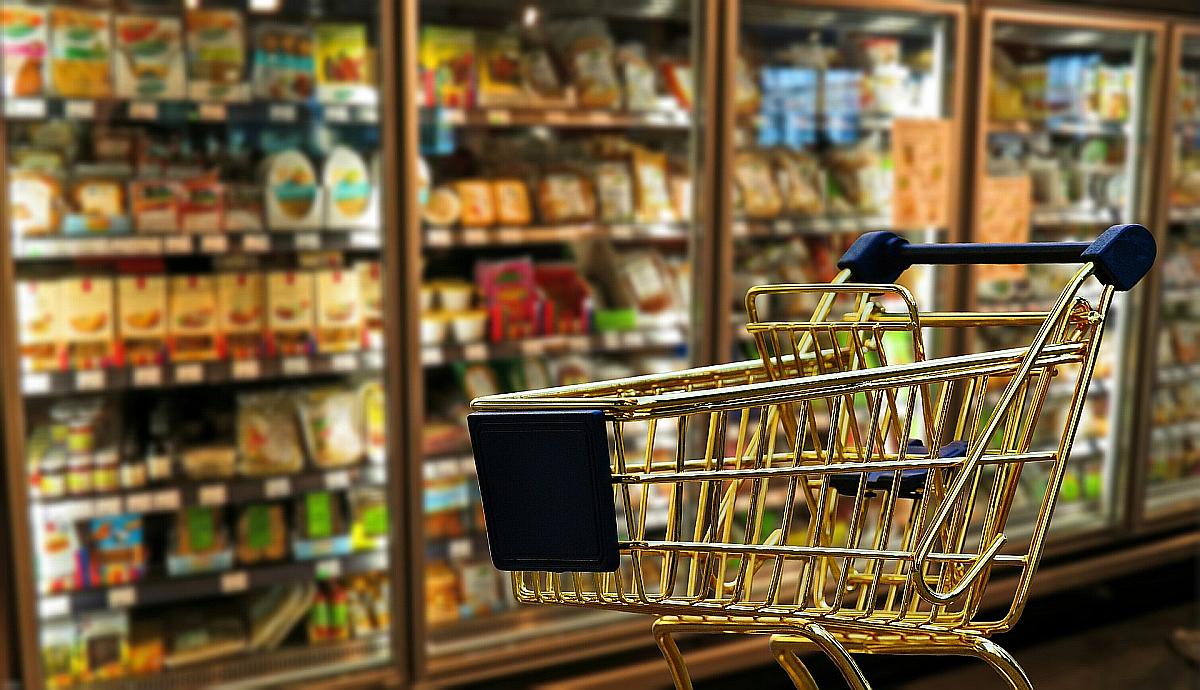
The institute has included 23 randomly selected products of internationally recognised trademarks available in Slovenian and Austrian groceries in March, and compared their declared composition to data on their nutritional value.
“Based on the comparison of declared composition for selected samples of food products, it was not possible to conclude that products from one or the other country would have been of lower quality,” explains the institute but warns that it is also not possible to exclude possible differences in the quality of raw materials used to produce the goods.
More salt in Austria, more sugar in Slovenia
There also seem to be minimal differences in nutritional values of groceries. “We did find information about less beneficent composition of several food products in Slovenia when regarding individual nutrients, but we’ve also found cases when the situation is reversed. Some foodstuff in Austria contains more salt or less fibres, which are beneficial to one’s health. However, some groceries in Slovenia have too much sugar, the consumption of which we would like to reduce,” notes the institute’s representative.
Differences in the use of food preservatives go both ways, too – in some instances, food in Slovenia has more of them, other times this is true of Austrian products. Similar findings apply to declared values of individually stated ingredients for which the producers are required to provide the share within the mass, claims NUTRIS but warns that this applies only to the selected sample of products, which for example did not include frozen food.
“To clear up the issue of different quality standards appropriately, it would make sense to carry out a comparison from the perspective of ingredient quality and sensory characteristics of the products, preferably across Europe. Moreover, objective reporting of results should be ensured, including listing all products that have been compared but proved not to differ,” emphasizes the institute.
Uproar in Eastern Europe
We’ve already reported about the findings of Slovakian inspectors, who purchased 22 food products of the same trademark sold in Slovakia and Austria. Their analysis has shown that half of the groceries bought in Slovakian shops are of much poorer quality that those sold in Austria.
Hungary has encountered the same trouble in their grocery stores, where inspectors have discovered significant differences in taste, smell and composition for 24 allegedly identical foodstuffs.
The Czech Republic reacted next, sending a message to multinational corporations in the food and beverage industry that it won’t be Europe’s waste bin. Hungary and Slovakia have turned to the European Commission and called for measures to abolish double standards in the quality of food products sold under the same trademark in Eastern and Western Europe.
If food labelling complies with legislation, it’s merely misleading the customers
The Slovenian Administration for Food Safety claims that it has no authority over performing such research on the food quality that comparable institutions in Slovakia and Hungary have carried out. The Slovenian Consumers' Association, which is funded by its members, wonders if it should be the one financing the tests.
The food safety administration argues that products which fulfil the regulations of food-related legislation both in terms of safety and quality are allowed to appear on the market. Consumers need to receive all necessary information about the product on its food label so they can make an informed decision about the purchase. If there are differences in the quality of the seemingly identical food product sold under the same trademark, this could be considered as a case of misleading the customers, concludes NUTRIS.
T. H., MMC; translated by K. Z.

































































